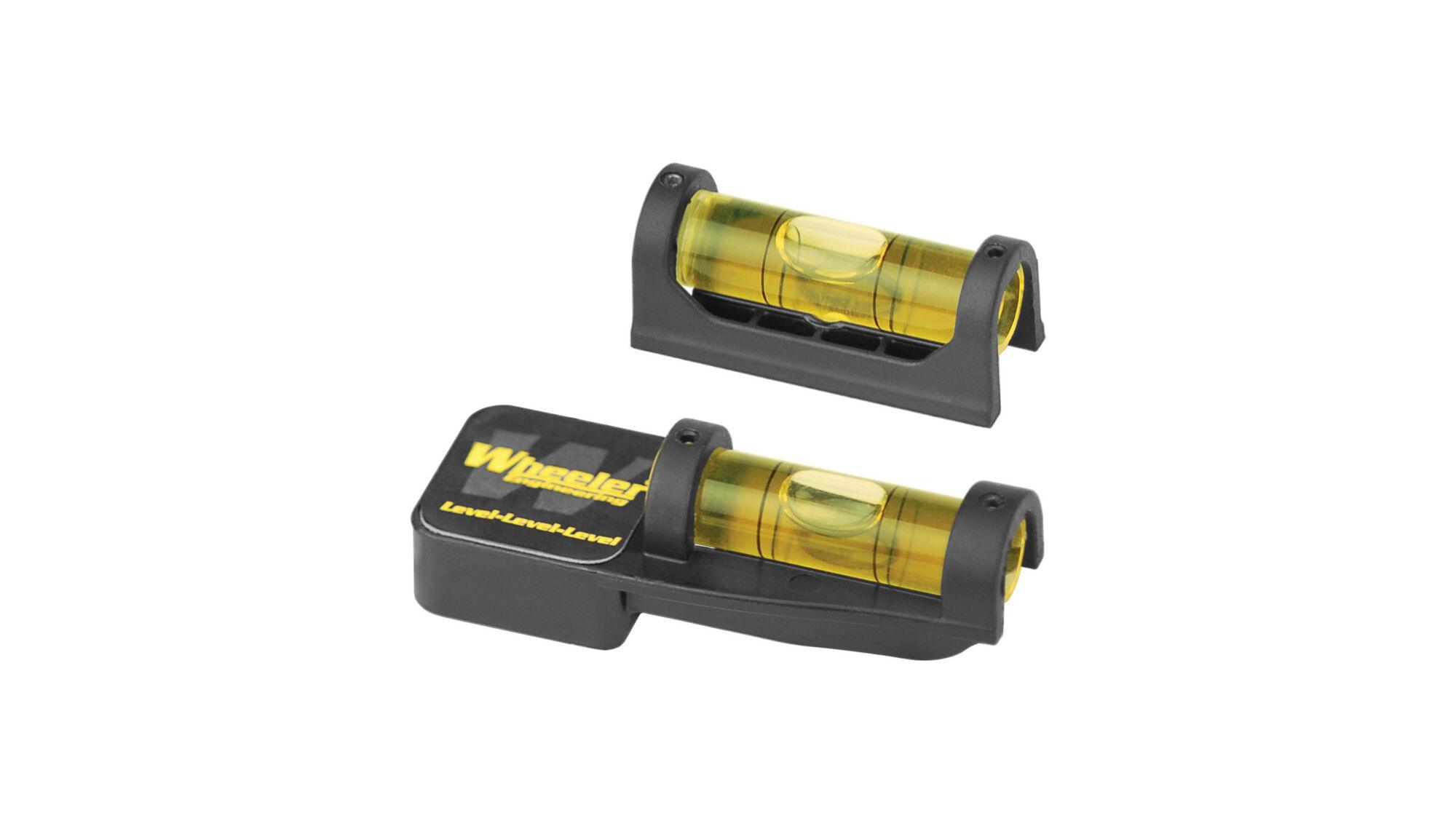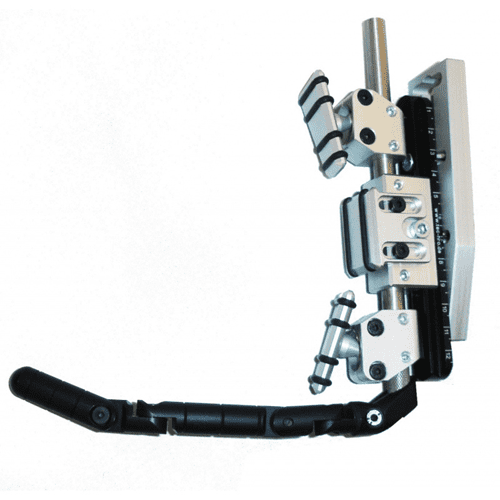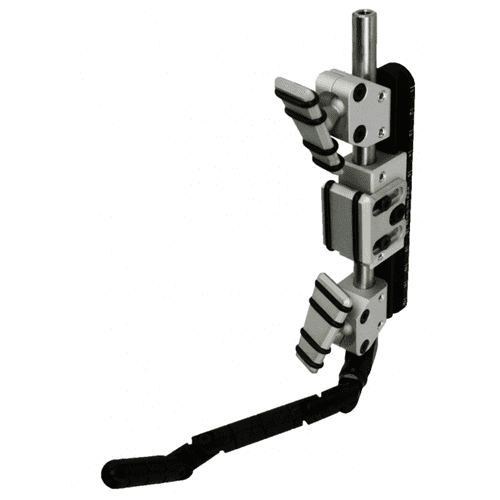The bore is a cylinder, which means that it has a center-line. Then we put a scope on the rifle above the bore. It has horizontal and vertical references along with the center-line of it's tube. There is a stock and how that fits the shooter sets the angle relationship between the shooter and everything else. One of those reference lines in the scope must ideally intersect the bore center-line. If the scope is directly above the bore, but the horizontal/vertical refs are not "square" then a windage error occurs with changes in distance. This is why offset scope mounts are not very favorable.
Now if we rotate the rifle and rotate the scope within it's mounts so that even though the rifle is not "level" but the reticle is aligned such that it's vertical component, when extended beyond the scope itsell, will intersect the bore center-line, then we have the best bore - scope alignment. Even if the anti-can't says that the rifle is 30° from level.
Put differently, what level intends to achieve is that the bore center-line, the vertical reference of the reticle and the projectile's trajectory are ALL in the same plane, and that plane is set by gravity. Visualize a bullet's flight path with no wind influence. Now orient yourself relative to it such that it appears as just the straight line. It will be vertical. The bore center-line and the vertical part of the retical, when viewed form that same position, should all be aligned with that straight line. They can be anywhere along that line and it extensions either up or down.
If they are not, then you get a horizontal error when the target distance changes.




